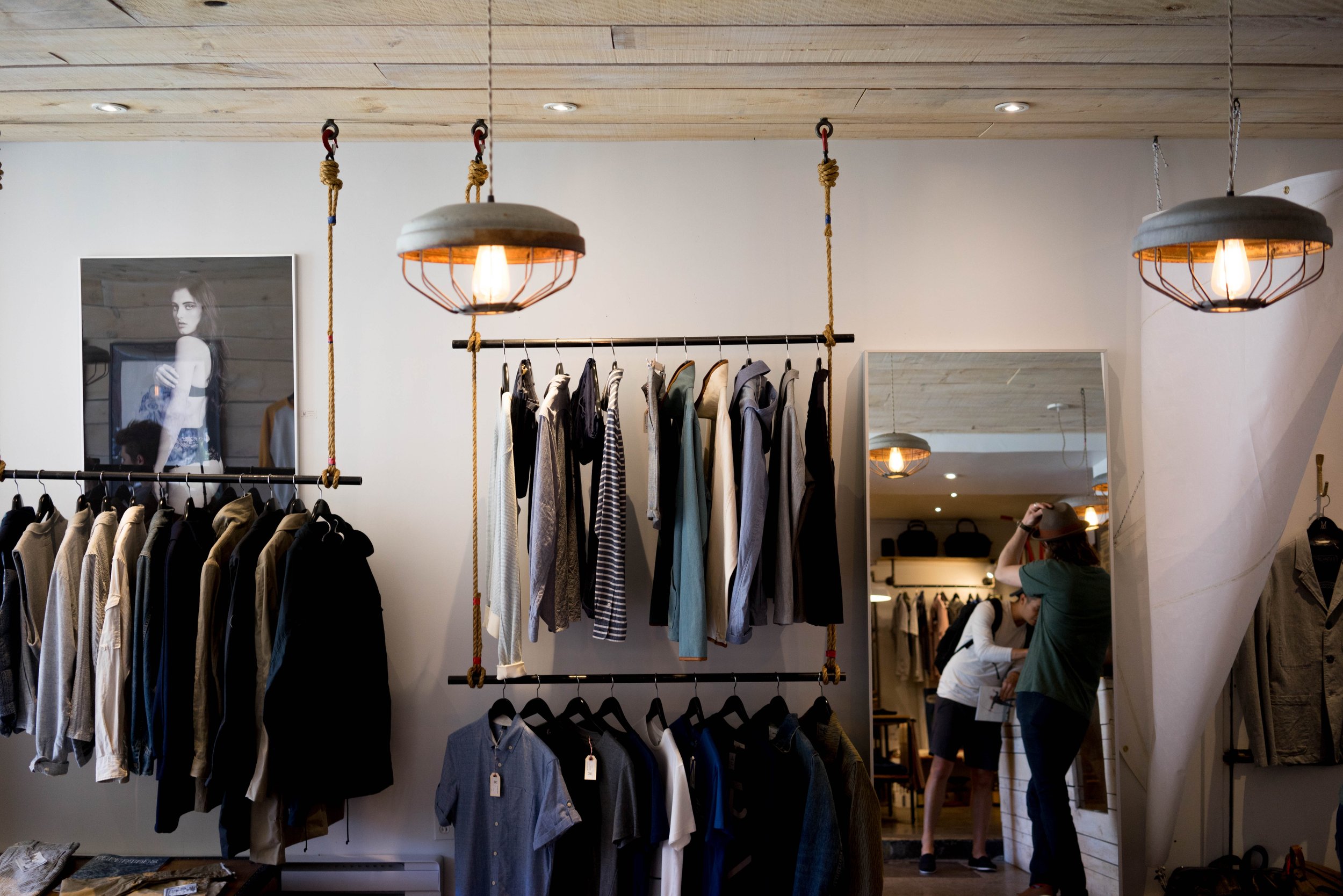The Increase of Online Purchasing: Searching For Boutique Fashion at Your Fingertips
The Increase of Online Purchasing: Searching For Boutique Fashion at Your Fingertips
Blog Article
A Deep Study the Globe of High-Fashion Runways: Recognizing Apparel as Art
High-fashion runways have emerged as fields where clothes transcends its practical beginnings, evolving right into an innovative form of creative expression. Designers, a lot like skillful artists, weave complex narratives with color, fabric, and type, challenging traditional standards and redefining charm standards. These programs are greater than simple display screens; they are immersive experiences, where every stitch and seam tells a story rich with social importance and avant-garde innovation. As we explore these sartorial spectacles, we must consider: what function does fashion play in forming societal worths, and just how does it show the ever-changing tapestry of human emotion and identification?
The Evolution of Runway Reveals
The trajectory of runway programs has actually transformed significantly over the decades, progressing from special sector occasions to fascinating eyeglasses that blend style with art. Commonly, runway programs were intimate events, kept in ateliers or tiny locations, mainly participated in by customers and industry insiders. These very early discussions concentrated on the garments' craftsmanship and industrial viability, providing a straight and sensible display screen of seasonal collections.
As the fashion sector broadened, the nature of path shows started to transform. The 1970s and 1980s marked a turning point, with designers seeking to distinguish themselves through even more staged presentations.
Recently, innovation and social media have further reinvented path programs, making them available to a worldwide target market. Livestreaming and electronic systems have equalized fashion, enabling enthusiasts worldwide to witness these occasions in real-time (boutique fashion). This development mirrors a wider social change, where high-fashion paths serve as a dynamic crossway of performance, design, and advancement
Designers as Enthusiast Artists
Developers in the high-fashion market have blurred the lines in between useful garment production and the conceptual realm of art. By accepting imaginative techniques such as sculpture, paint, and progressive setups, designers craft garments that challenge traditional fashion norms and boost them to art kinds.
Visionary developers draw inspiration from a myriad of resources, consisting of abstract art, historic recommendations, and personal stories. They have an one-of-a-kind ability to envision and emerge concepts that press the boundaries of conventional style, often redefining visual standards at the same time. This creative resourcefulness is showcased via remarkable silhouettes, cutting-edge materials, and intricate workmanship, which welcome audiences to experience fashion as greater than simply wearable items.
Moreover, the path works as a canvas for these artists, where lights, songs, and set style coalesce to create immersive experiences. These discussions are not simply screens of clothes but are orchestrated performances that evoke feeling and prompt idea, affirming the designer's function as a true artist in the modern from this source social landscape.
Cultural Impacts in vogue
Social tapestry weaves its elaborate patterns into the textile of style, influencing developers try this web-site around the world. The dynamic interchange of social tales, traditions, and signs informs and influences collections that grace high-fashion paths.
The impact of society on fashion is usually seen in the reinterpretation of traditional garments and patterns. For instance, the usage of Japanese robes, Indian saris, or African prints in contemporary style mirrors a mix of social authenticity and modern-day aesthetic appeals. Designers such as Valentino's Pierpaolo Piccioli and Alexander McQueen's Sarah Burton have been understood to integrate abundant cultural themes into their couture collections, equating background right into wearable art.

Advancement in Fabric and Layout
Innovation in textile and layout constantly reshapes the landscape of high-fashion, pressing limits and redefining opportunities. Developers are increasingly exploring the assimilation of modern technology, such as 3D printing, which enables for the production of complex structures that were formerly unthinkable.
Moreover, sustainability has become an essential motif in material innovation. The garment industry is witnessing a rise in making use of environmentally friendly products, originated from recycled plastics, organic fibers, and also eco-friendly elements. These advancements not only offer brand-new textures and aesthetics yet likewise address essential description ecological worries. Developers are welcoming these products to craft garments that are both visually striking and mindful of their ecological footprint.
In regards to design, avant-garde shapes and speculative forms are constantly changing the runway. By including non-traditional materials and sophisticated strategies, designers grow garments that blur the line between style and art, establishing new standards for creativity and expression in the high-fashion ball.
Effect of Style on Culture
Fashion wields an extensive influence on culture, functioning as both a reflection of cultural identity and a catalyst for social adjustment. Through its development, fashion has actually mirrored societal changes, enveloping the zeitgeist of different eras. As an example, the flapper outfits of the 1920s personified a newfound sense of ladies's freedom, while the strong prints of the 1960s echoed the cutting edge spirit of the time. High-fashion runways, particularly, work as platforms for tough standards and redefining charm requirements. Developers utilize these places to deal with pressing social issues, from sustainability to variety, consequently shaping public discourse.
In addition, fashion has the power to bridge cultural gaps, promoting understanding and gratitude amongst diverse groups. As globalisation accelerates, the cross-cultural exchange of fashion ideas becomes significantly substantial, promoting inclusivity and variety. The surge of streetwear, originating from metropolitan subcultures, illustrates how fashion can transcend socio-economic limits, approving individuals a way of self-expression and empowerment.
Essentially, style is not simply regarding aesthetics; it is a dynamic force that affects values, mindsets, and social development (boutique fashion). By continually connecting with social and social currents, style stays an essential component of the cumulative human experience

Verdict
Designers, akin to visionary musicians, manage collections that show identity, feeling, and cultural narratives, testing traditional aesthetic appeals. This intersection of fashion and artistry not only captivates audiences globally yet likewise affects societal assumptions and promotes a deeper recognition for social variety.

Social tapestry weaves its elaborate patterns right into the textile of fashion, influencing designers globally.Fashion possesses an extensive impact on culture, offering as both a representation of cultural identification and a catalyst for social adjustment.
Report this page